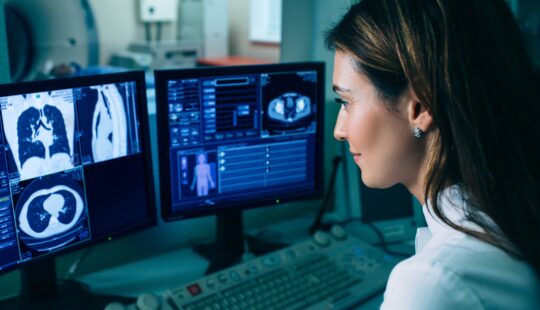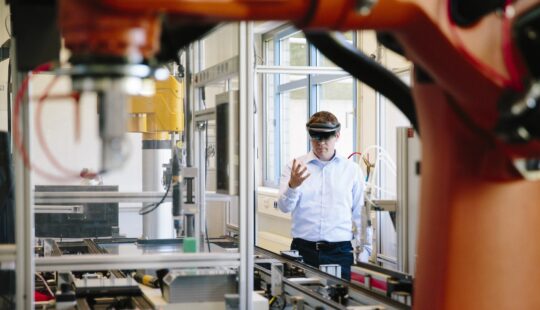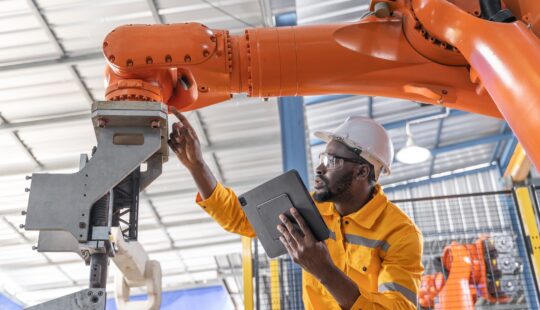What’s News
U.S. traffic fatalities in the first quarter 2022, reached their highest level in 20 years, according to the National Highway Traffic Safety Administration (NHTSA). Most of the 9,560 deaths in the first quarter were due to recklessness: speeding, driving under the influence and failing to wear seat belts. Bicycle accidents contributed to the total. Pedestrian deaths from bicycle riders last year jumped 13% from 2020, and bicyclist deaths rose five percent, according to NHTSA.
SAP’s Take
There is a menu of technology, from autonomous cars to sleep detection, that could help curtail reckless driving and save lives. Today’s cars are equipped with predictive maintenance, accident locators, tire-pressure and break alerts — attributes that address the car rather than the driver.
“They augment safety, and they’re less invasive,” said John Fratangelo, SAP senior director, hyperscalers and cloud platform. “Everything else, I think, will have to go through state or federal regulation if you’re talking about the U.S. Other countries might be different culturally. They’re more compliant. But in the U.S., liberties are weighted very high.”
The more advanced technologies are being deployed commercially. The trucking industry is one that has taken the lead. To combat sleeping at the wheel, sensors beep when the driver’s head nods. Automated driver logs can determine the driver’s speed during the haul. Regulators are installed in the engine to prevent the truck from going more than 65 miles per hour.
The same is not true for private drivers.
“The question becomes more about civil liberties,” said Wilson Rothschild, SAP vice president and chief analyst of strategic vendors.
Throughout the decades, carmakers and owners have resisted life-saving measures because of cost or comfort.
“Technology can help,” said Al Hilwa, SAP vice president and chief analyst of artificial intelligence (AI) and platform technologies research. “But there’s a disconnect among three different things: what technology can do, what policy would allow and what consumers would buy.”
When speed limits across the country were reduced to 55 miles per hour, lives and energy were saved. But that took a federal law to be enacted and enforced. Automakers resisted installing seat belts and airbags due to the cost they would incur. When these devices became standard in cars, owners resisted wearing them.
“The automakers kicked and screamed and eventually were forced,” Hilwa said. “That took decades. I think the same thing will play out with, say, putting in AI to detect alertness or to collect and send data and track people. But that is a very dodgy area, to track your citizenry.”
But at some point, the general public usually warms to safety measures as they prove effective. Adoption of the newest technology will have to balance safety with privacy.
“You can have a situation where it’s better for the common good because more people are doing the right things,” Wilson said. “So you crowd out these bad actors and they become a smaller part of the probability set.”
Wilson said he expects different states and regions to adopt or mandate various technologies at their own unique paces. Yet, at one point, safety may outweigh privacy concerns.
“I think the future is being painted already, where vendors like Tesla and a lot of the new electrified automobiles have a lot more sensors collecting a lot more data,” Wilson said. “But it comes down to policy whether this data can be used to actually improve the metrics.”
Contact:
Ilaina Jonas, Senior Director of Global Public Relations, SAP
+1 (646) 923-2834, ilaina.jonas@sap.com



